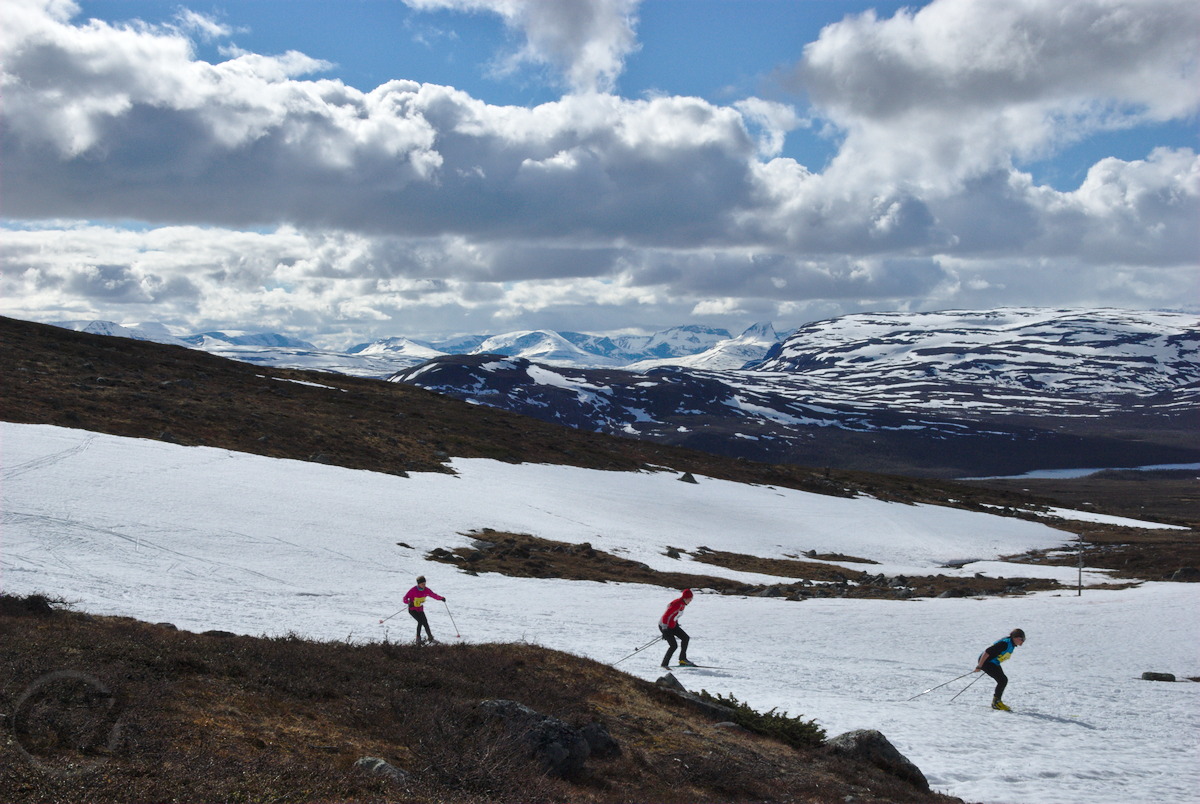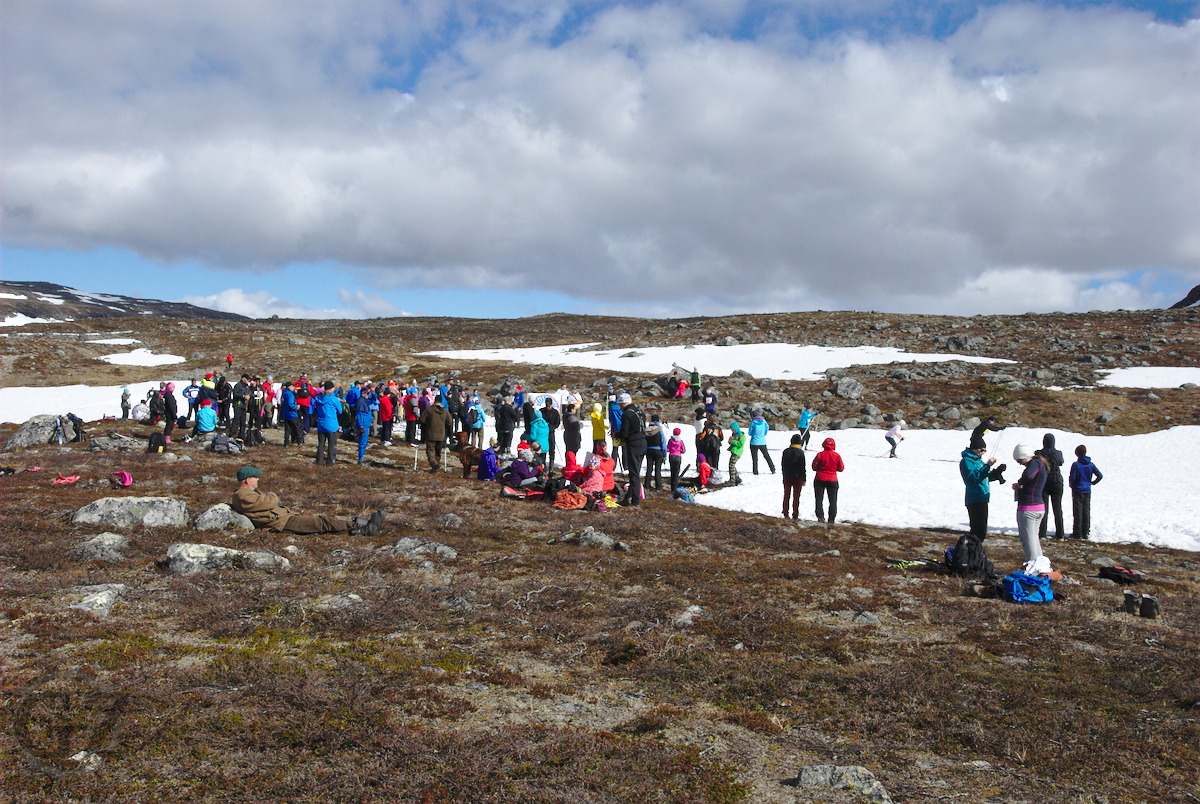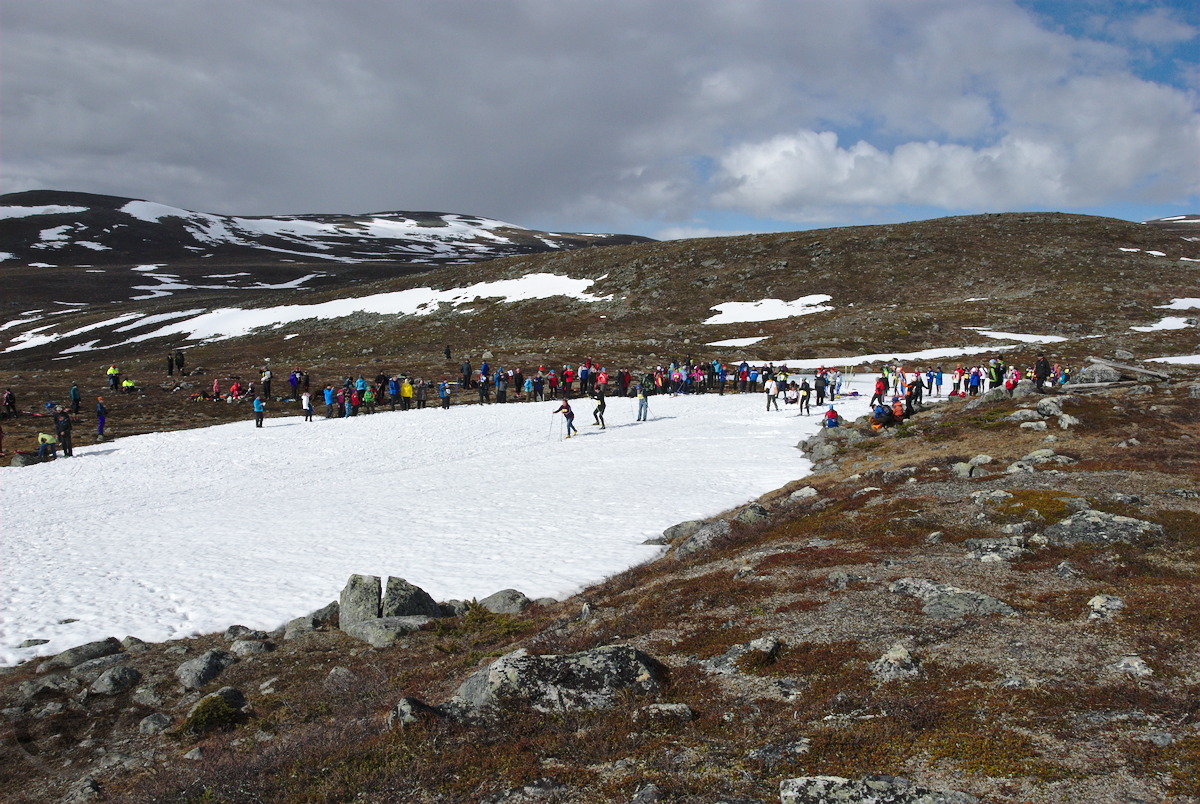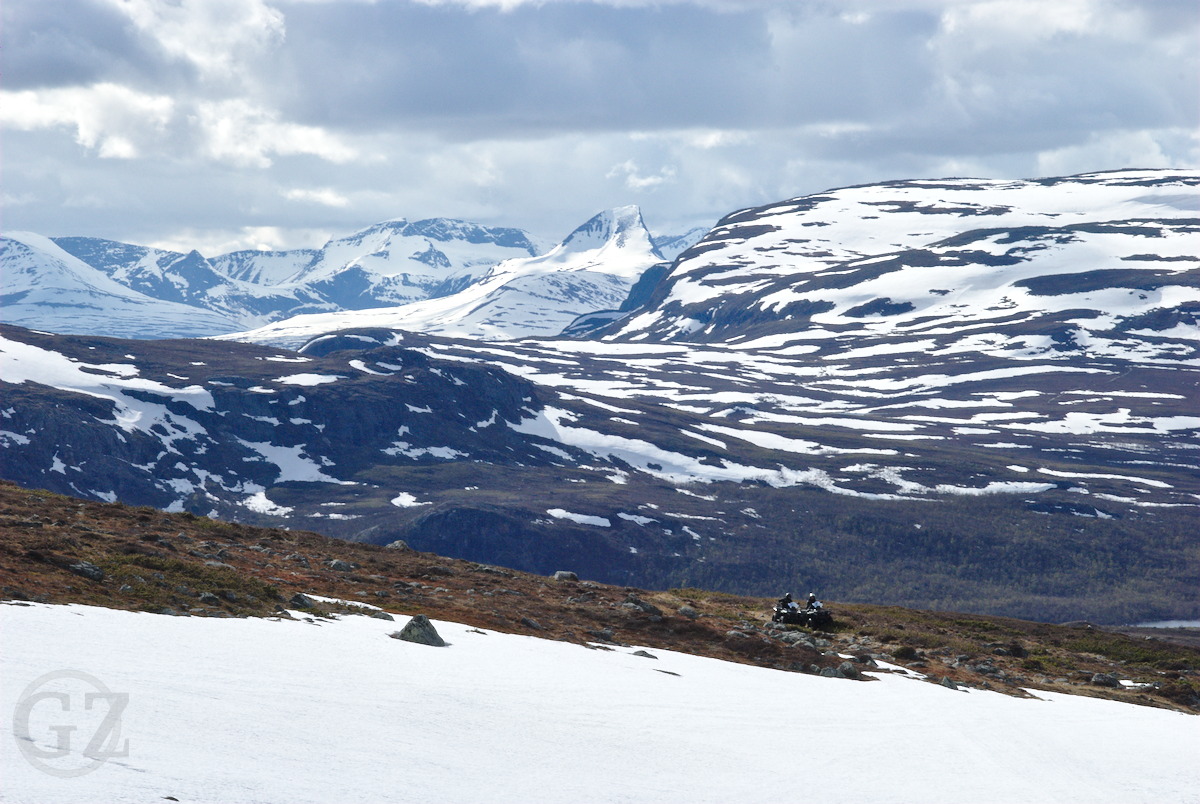Midsummer is one of the most important holidays in the Nordic countries. In Finland, many grocery shops are usually open seven days a week, even during many holidays; but midsummer – Juhannus in Finnish – belongs to the few days where most shops are closed. Midsummer is also an event that for many people seems to be closely connected to heavy alcohol consumption, which leads to numerous accidents every year. While alcohol and drug abuse is a problem in many northern communities, also tourists visiting the north are prone to celebrate with lots of alcohol. Yrjö Metsälä, who was a wilderness guide in northwestern Enontekiö, already in the 1940s was concerned about this combination.
After the German soldiers left Lapland toward the end of the Second World War, Yrjö Metsälä, then member of the Finnish boarder guards, has been transferred to Kilpisjärvi where a new boarder station to Norway was opened. After he joined the customs in the same place he became dissatisfied with his job and instead wanted to spend more time in the beautiful surrounding nature. He decided to change his profession and attended a school to become a sports guide before going back to Kilpisjärvi. While he seemed to have found his profession, he was unhappy with the attitude his clients and tourists where celebrating midsummer in Kilpisjärvi, where the sun doesn't set for about two and a half months. So he came up with an alternative that should keep people from drinking all night long: In 1946 for the first time he organized the midsummer ski race in Kilpisjärvi, which since then has become a fixed event until to the present.
This year, for the 70th edition, I went to watch the midsummer ski race as a spectator. I was considering for a while to grab my skiers as well, but in the end the race distance is rather short and I couldn't interest myself strong enough to participate, as I am not a big fan of competing with others. Anyhow, together with the 97 attendees, which marked an all time record of participants, I hiked up behind the Saana fell to one of the spots where some left over snow allowed to have an approximately 250 meters long ski race. Obviously the event was taken as a fun event by most attendees. However, under loud applause and a great atmosphere, some participants really showed a strong competitive spirit and – dressed in their sporty skiing suits – gave all their best. While originally the midsummer ski race, which started with less than ten participants, has been held during midnight, today the race takes place in the afternoon, which also allows children to take part. Yrjö Metsälä was also the founder of the local sports association Kilpisjärven Saana-Veikot RY. Today the ski race is organized by Kilpisjärven Saana-Veikot RY together with Kunnon Elämä RY, an association for a healthier way of living, and in cooperation with Ehyt RY (a preventive substance abuse work organization) and the municipal sports section Enontekiön liikunta ja vapaa aikatoimi.
Nowadays a number of sports activities and competitions are carried out during the midsummer weekend in Kilpisjärvi. While on Friday the traditional midsummer ski race took place, on Saturday there was a Rogaining event (long distance cross-country navigation) a little bit south of the Kilpisjärvi village, and a running race up to the summit of Saana mountain on Sunday. For the sake of having some extra fun, also a rubber boot wide throwing contest has been held. Nonetheless, beside all the sports events, during the midsummer eve there were also several places where traditional midsummer fires have been lighted, and at some of these events alcohol consumption obviously was part of the celebrations as well.
Alcohol often is perceived as a threat to individual health, or even to communal well-being. Despite or because of this, there are people wanting to have alternative ways of celebrating midsummer that do not involve drug abuse. One of these people was Yrjö Metsälä, who started the tradition of the midsummer ski race in Kilpisjärvi, which already took place for the 70th time this year. Beside of showing up alternative ways of how to celebrate midsummer, the example of this race also shows that traditions are not dogmatic but need to be started at some point, and may eventually become something as a matter of course. On the other hand it also shows how some traditions are threatened by climate change, as the racing length gradually declined over the years and snow could become absent during midsummer in the future.



